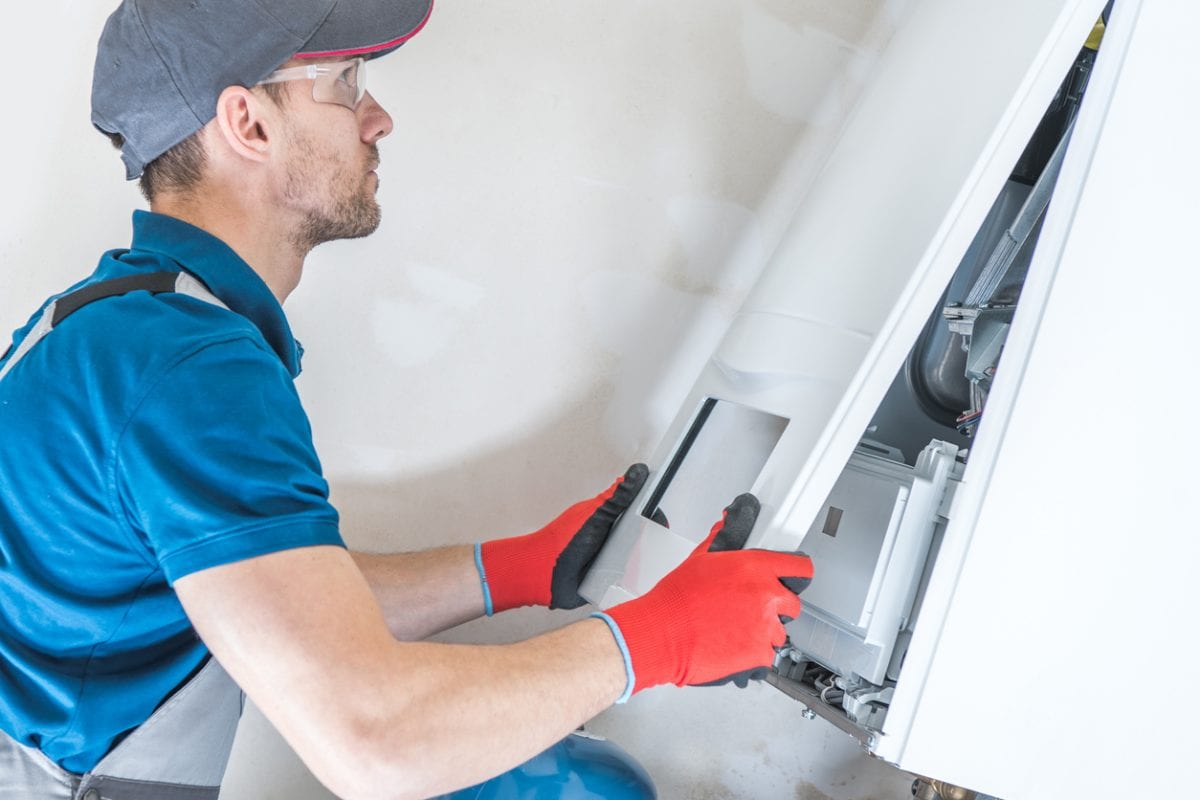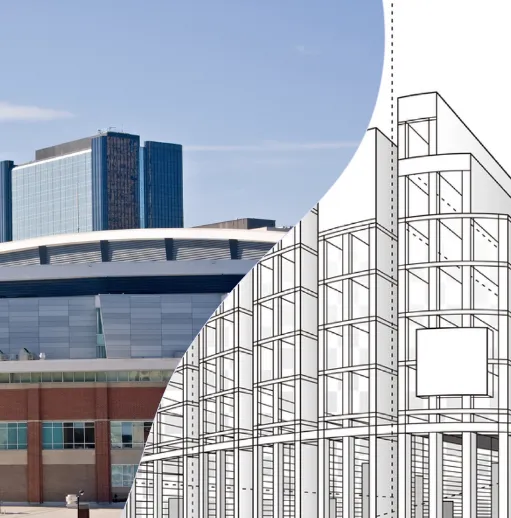
Facility maintenance encompasses a broad spectrum of tasks, big and small. While we tend to think of something like elevator repair as the definition of facility maintenance, you could also argue that changing a lightbulb or changing the break room garbage are also simple forms of maintenance. Such a broad scope of upkeep is why most facilities managers rely on support services from vendors.
What is facilities maintenance support services? Depending on the size of a company and its facilities, support services can encompass some or all of the upkeep of a building. A facility manager delegates these services to approved vendors through service-level agreements (SLAs), so that when the time comes for specific action, there’s no question of who, when, how, or what’s involved. Facilities maintenance support services are an integral part of what keeps facilities running smooth.
The scope of facilities maintenance
What does facility maintenance mean? In a broad sense, it’s anything to do with building upkeep. Landscaping, HVAC, plumbing, electrical, and more are all examples of integral property systems, each with a host of demands to facilitate upkeep. These are also known as “hard” facilities management tasks.
Within each system, the concept of maintenance breaks down into two schools of thought: proactive and reactive maintenance. Proactive maintenance—also called planned maintenance—is anything a facility manager can budget and plan for. Reactive maintenance encompasses unexpected, unplanned repairs.
- Proactive maintenance includes items like HVAC tune-ups or weekly janitorial services
- Reactive maintenance includes tasks like snow removal or unplanned plumbing repair
What is the function of facilities maintenance? Whether proactive or reactive, facility maintenance is vital across systems. Failure to keep up on HVAC maintenance can lead to AC failure during a heat wave. Lack of janitorial planning leads to unsanitary workplace conditions. These examples and countless others show why facilities maintenance is a priority for any company.
A look at vendors and SLAs
When you consider the broad scope of facilities maintenance, it’s apparent that no single person can do it all. This is where support services come in—namely vendors and SLAs. While large companies may have in-house staff to handle everyday maintenance and upkeep of facilities, vendors and SLAs cover everything beyond the basics. Here are some examples:
- Plumbers for anything related to water supply and drainage
- Electricians for all wiring, lighting, and power supply systems
- HVAC techs for climate control fixtures and supply systems
- Landscaping companies for groundskeeping and exteriors
- General contractors for infrastructure upkeep and remodeling
The list of craftspeople that may become part of a company’s vendor pool is nearly infinite and depends on the demands of the facilities themselves. Have a brick façade? Add a mason to the list. Operate a sterile environment? You’ll need specialty janitorial services. The list of needs and service professionals goes on and on.
Every vendor lending facilities maintenance support services operates on an SLA. This document outlines the services that vendor provides, in what capacity, the rate they charge, what the expectations are for the working agreement, and anything else pertinent to delivery of services. It effectively governs the relationship between the vendor and the company, to expedite delivery of support service. SLAs are also an important budgeting tool.
Integrated facilities management
Speaking of SLAs, it’s important to understand how complex the web of facilities maintenance support services can become. Dozens (or hundreds) of vendors with unique SLAs is overwhelming. It’s enough to make facility managers consider integrated facilities management.
This strategy combines support services under larger SLAs with fewer companies. Instead of using three companies for janitorial services, an integrated approach gives the contract to a single company capable of delivering a full scope of work. While efficient, this strategy requires careful consideration. What are the types of facility maintenance your building needs? What are your current vendor relationships for these services? What is the cost of each SLA vs. an integrated SLA?
There is no one-size-fits-all approach to managing maintenance support services. That said, integrated facilities management has proven effective for many companies with growing support service needs. It’s likely to continue trending upward as stakeholders pass demand for bottom line savings on to facilities managers.
It takes a village
No single person can give facilities the complete attention they need when it comes to upkeep. From plumbers, electricians, and HVAC techs, to carpenters, glass repair experts, and landscapers, every craftsperson has a role. Each segment of facilities maintenance culminates in a well-run, well-managed, well-maintained building.
Whether through many different SLAs or an integrated facilities management approach, it’s up to facilities managers to delegate and coordinate facilities maintenance support services. Done effectively, facilities will have no trouble serving the needs of the people relying on them.
Keep reading: Get Familiar with a Facility Maintenance Plan


